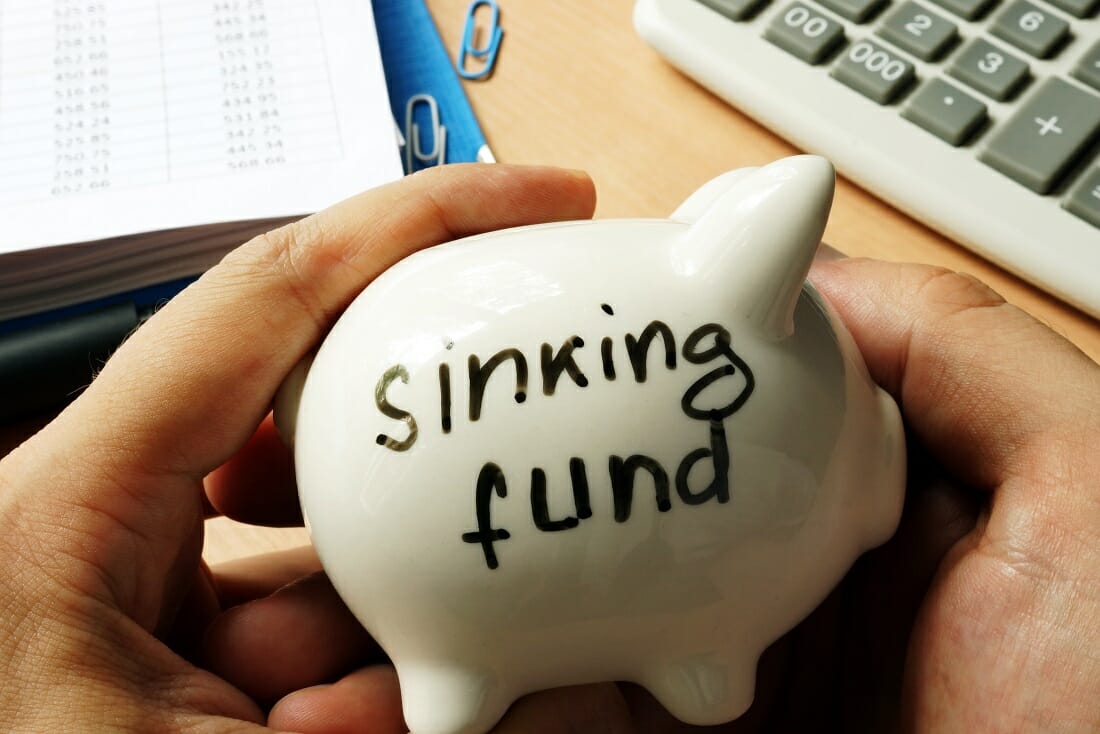While there are tons of methods to make an asset appreciate, we also have some that aim to depreciate an asset, and one of them includes the “Sinking Fund Method.” It is quite an interesting topic because it is not too familiar, but it seems sensible and logical once you realize how it works. Let us get to know more about it below.
What is the sinking fund method?
As we have mentioned, the sinking fund method is meant for depreciating assets. We do this while we also make sufficient money that can replace at the end of its life. There is something that we call depreciation charges, and it is incurred to become a reflection of the asset’s declining value. Now, the sinking fund method says that entities should invest an amount that would match the depreciation charges. This matching amount will be left in a sinking fund account to generate interest.
Why do companies resort to this method?
In different accounting periods and not just in the moment of purchase alone, companies use depreciation to expand the cost of assets. This helps them benefit from those assets without deducting the total expense from the NI or net income. But how much is the expense? It is one of the most complex questions that entities need to solve when resorting to depreciation. Most companies that use the sinking fund method do so thinking that they will set aside some money to buy another asset that they can use as a replacement as soon as the old one’s depreciation finishes.
Making a checklist
Now, here is the thing: how calculate the amount we need to add to the asset replacement fund annually? Here are the things that entities do to make it possible:
- First, they determine the cost for the asset replacement.
- Next, they need to know how long the asset will last.
- They should know the investment’s expected rate of return.
- Finally, the possible earnings from the compounding interest effects are also significant.
Who’s got sinking fund accounts back?
Securities backed by the government. Treasury notes. Bills. Bonds. These are the usual securities where the sinking funds invest in. While the investments that match the asset’s life duration are the ones that are commonly used, there are also other options. For instance, entities can also reinvest those short-term investments. The investment amount will always depend on the asset’s depreciation schedule.
Large scale industries like utility companies are the ones that commonly use the sinking fund method because they need expensive and long-term assets so they can continue to operate and grow. There are also companies involving real estate assets that use the sinking fund method to depreciate their assets. For instance, they want to depreciate their lease renewals. The depreciation schedule depends on the lease term and the expected interest.
Why is this method not so popular?
Most would find it challenging because there is a need to use individual replacement for every asset. The replacement cost is also not constant, so it is hard to tell how much cash you will need to set aside. Furthermore, no one can ever tell what the future brings for interest rates. Also, most companies would instead use a simpler method like the straight line or declining balance depreciation.





